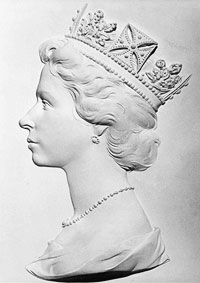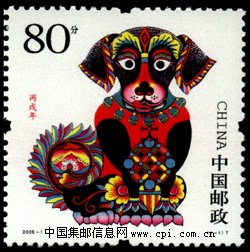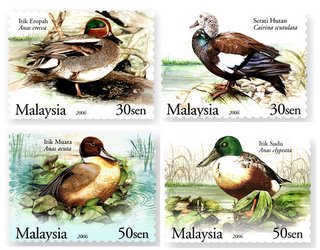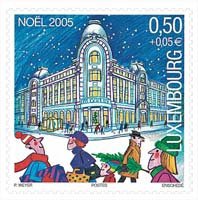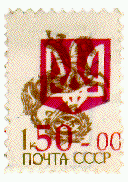
Interesting article published in the Ukrainian Stamps website:
Toward the end of the former Soviet Union, new postal rates were introduced. Most people in former Soviet countries used pre-stamped envelopes, so additional postage would be required to mail these old envelopes under the new rates. Authorities shipped large quantities of one- to five-kopeck stamps to post offices to add to pre-stamped covers. Later, when Ukraine declared independence, there were many such stamps in sheets in every post office.
Entrepreneurs in Ukraine realized that the overseas demand for their new nation's stamps could be tapped as a source of hard currency. Hoping to acquire the more stable foreign currency as a hedge against rising local inflation, they bought up most of the mint issues that the post office printed and advertised them for sale in the foreign press. Ukrainian postmasters tried to prevent shortages of these stamps by refusing to sell large quantities of them to the public. As a consequence, some issues such as the Easter, airmail, Cardinal Slipyj, and liberty were available only in half-sheets.
Above is an overprinted stamp from Lviv.
Despite this rationing, however, the first issues were quickly sold out and shortages continued. No stamps were available for local use, and postmasters were at their wit's end to serve their clientele. What were they to do? One answer presented itself.
Ingert Kuzych discusses the postal origin of modern trident overprint stamps in the English-language booklet "Ukrainian Postage Stamps - A Catalog of Issues from 1991-1995."
"In the spring of 1992, Ukraine Post ordered remainders of some low-value Soviet stamps of 1989 and 1991 (Scott Nos. 5838, 5839 and 5894) overprinted with trident-in-shield designs at the Borysfen print shop in Kyiv."
According to Kuzych, three major Ukrainian cities are known to have issued legitimate overprinted provisionals on Soviet stamps: Chernihiv, Kyiv and Lviv. However, Lobko's Catalog also includes the Zaporizhzhia oblast, particularly the city of Melitopol, as also having trident overprints on Soviet stamps. Overprints from Melitopol are somewhat difficult to describe, as they appear on a much wider variety of Soviet stamps. In addition, there are even variations in the appearance of the trident.
My first exposure to trident overprints was in about 1993, when I saw some mail sent to my parents from relatives in Lviv. I thought that it seemed an elegant political statement to take the Ukrainian national trident symbol or trizub and overstamp it on a Soviet stamp.
For full article and know more on Ukrainian philately, please access:
http://myweb.wvnet.edu/~roman/overprints/overprints.html



